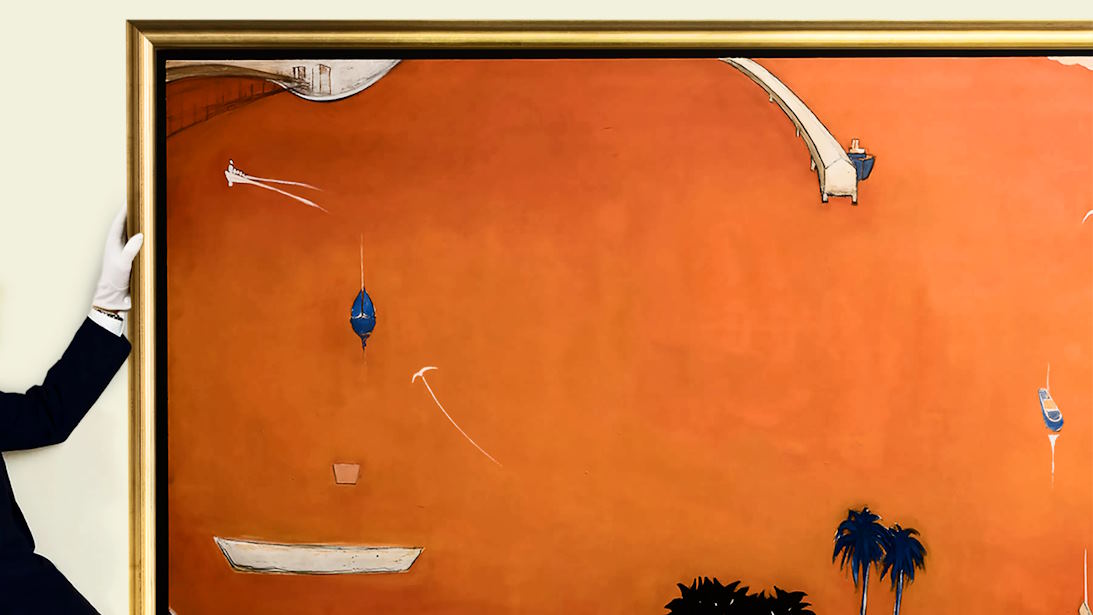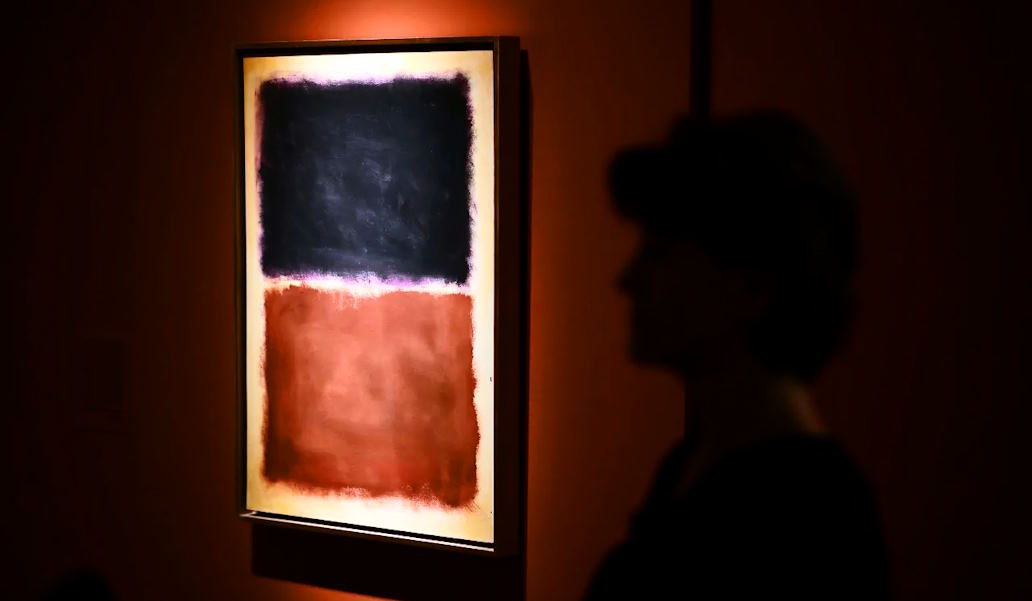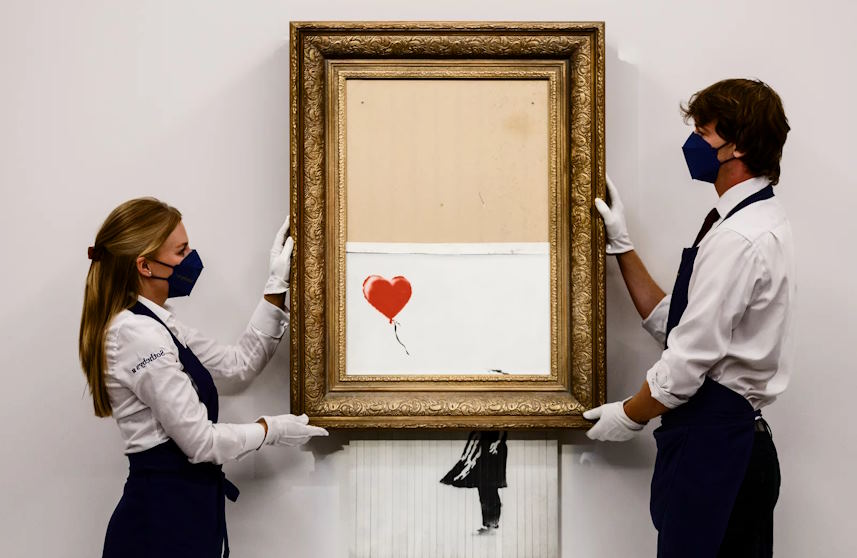Art has long been a source of fascination, inspiration, and controversy. Throughout history, there have been numerous instances where artworks have been at the center of scandals, ranging from thefts to forgeries to disputes over ownership. These scandals not only captivate the public’s imagination but also raise questions about the value and integrity of art. Let’s delve into some of the most famous art scandals throughout history.
The Mona Lisa Theft
Background of the painting
The Mona Lisa, painted by Leonardo da Vinci, is perhaps the most famous and enigmatic artwork in the world. Its serene expression and mysterious aura have intrigued viewers for centuries.
Details of the theft
In 1911, the Mona Lisa was stolen from the Louvre in Paris by an Italian handyman named Vincenzo Peruggia. He believed that the painting rightfully belonged in Italy and intended to return it to its homeland.
Recovery and aftermath
After two years, the painting was recovered when Peruggia attempted to sell it to an art dealer in Florence. The theft catapulted the Mona Lisa to even greater fame, and security measures at the Louvre were significantly enhanced.
Van Gogh’s Disappearing Act
Brief biography of Van Gogh
Vincent van Gogh was a Dutch Post-Impressionist painter renowned for his vibrant and emotive artworks. Despite struggling with mental illness throughout his life, he produced some of the most celebrated paintings in art history.
Theft of his paintings
In 2002, two of Van Gogh’s masterpieces, “View of the Sea at Scheveningen” and “Congregation Leaving the Reformed Church in Nuenen,” were stolen from the Van Gogh Museum in Amsterdam. The theft shocked the art world and sparked a massive investigation.
Subsequent investigations
Although the paintings remained missing for several years, they were eventually recovered in 2016 during a police raid in Italy. The thieves were apprehended, and the artworks were returned to the museum, much to the relief of art lovers worldwide.

The Hitler Forgery Scandal
Overview of the scandal
During World War II, the Nazis systematically looted art from across Europe, including many masterpieces. However, they also engaged in a sophisticated forgery operation, creating counterfeit artworks to fund their war efforts.
Impact on the art world
The discovery of these forgeries in the post-war era sent shockwaves through the art world, casting doubt on the authenticity of numerous works. Scholars and collectors grappled with the ethical implications of owning potentially stolen or forged art.
Legal repercussions
In the decades following the war, efforts were made to identify and return looted artworks to their rightful owners. Legal battles ensued over the ownership of disputed pieces, highlighting the complex and contentious nature of art restitution.
The Salvator Mundi Controversy
Description of the painting
“Salvator Mundi,” attributed to Leonardo da Vinci, depicts Christ as the Savior of the World. It is a rare masterpiece that has garnered immense attention and speculation.
Questions about its authenticity
Despite being hailed as a lost Leonardo, the authenticity of “Salvator Mundi” has been hotly debated among art experts. Some argue that it is a genuine work of the master, while others remain skeptical.
Sale and speculation
In 2017, “Salvator Mundi” was sold at auction for a record-breaking sum of $450 million. The sale reignited debates about its provenance and raised concerns about the commercialization of art.

The Forged Vermeers
Explanation of Vermeer’s significance
Johannes Vermeer was a Dutch Golden Age painter known for his masterful use of light and shadow. His works, such as “Girl with a Pearl Earring” and “The Milkmaid,” are revered for their beauty and realism.
Discovery of forged paintings
In the early 20th century, a notorious art forger named Han van Meegeren successfully passed off several fake Vermeers as authentic. His skillful imitations deceived experts and collectors alike, causing a scandal in the art world.
Consequences for the forgers
Van Meegeren’s forgeries were eventually exposed, and he was charged with fraud. However, his trial brought attention to the vulnerability of the art market to deception and raised questions about the reliability of connoisseurship.
The Elgin Marbles Dispute
History of the Marbles
The Elgin Marbles are a collection of classical Greek sculptures, friezes, and architectural fragments that once adorned the Parthenon in Athens. They were removed from Greece in the early 19th century by Thomas Bruce, the 7th Earl of Elgin.
Controversy surrounding their acquisition
The removal of the Marbles from Greece has long been a source of controversy, with many Greeks considering it an act of cultural theft. Efforts to repatriate the Marbles to Greece have been ongoing for decades, sparking heated debates and diplomatic tensions.
Efforts for repatriation
Greece has repeatedly called for the return of the Elgin Marbles, arguing that they are an integral part of the country’s cultural heritage. However, the British Museum, where the Marbles are currently housed, has refused to relinquish them, citing legal and historical justifications.

